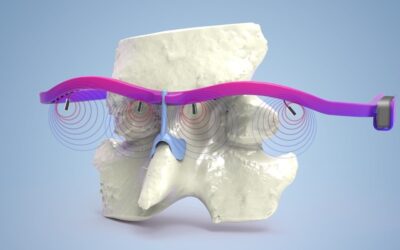The pulse of our heart reflects our health and emotions, making monitoring it a powerful diagnostic tool. Current wearables for pulse sensing use optical sensors, which lack sensitivity and stability.
In their paper in Advanced Functional Materials, Dr. Junwen Zhong from the University of California Berkeley, Prof. Ying Dong from Tsinghua University, Prof. Liwei Lin from Tsinghua University and the University of California Berkeley, and their co-workers report a wearable piezoelectret sensor for pressure-based human pulse measurement.
Prof. Liwei Lin: “The goal for this work is actually trying to emulate traditional Chinese medicine. It has been thousands of years that doctors could just use three fingers to measure the pulse and then tell many different health conditions of human beings.”
Yao Chu: “In this work we have developed an active sensing system using a flexible piezoelectric film that has high sensitivity and excellent stability for human pulse acquisition.”
A wrist-based sensor precisely detects pulse-related pressure changes. Pulse intervals are narrowly distributed for healthy individuals, but widely spread for diagnosed arrhythmia patients.
Combining the sensor with a pressure cuff directly yields the mean arterial pressure and allows calculation of the diastolic pressure and the systolic pressure.
A three-channel sensor was designed to imitate traditional Chinese medicine. The signal decrease over the three measuring points–Cun, Guan, and Chi–and a weaker pulse for female over male subjects could be detected.
Prof. Liwei Lin: “And the goal for this project actually is to use the device we have and gather the data and send it to the cloud, and doing this big-data-type analysis, and to tell people their health condition.”
To learn more about this wearable pulse sensor, please visit the Advanced Functional Materials homepage.














